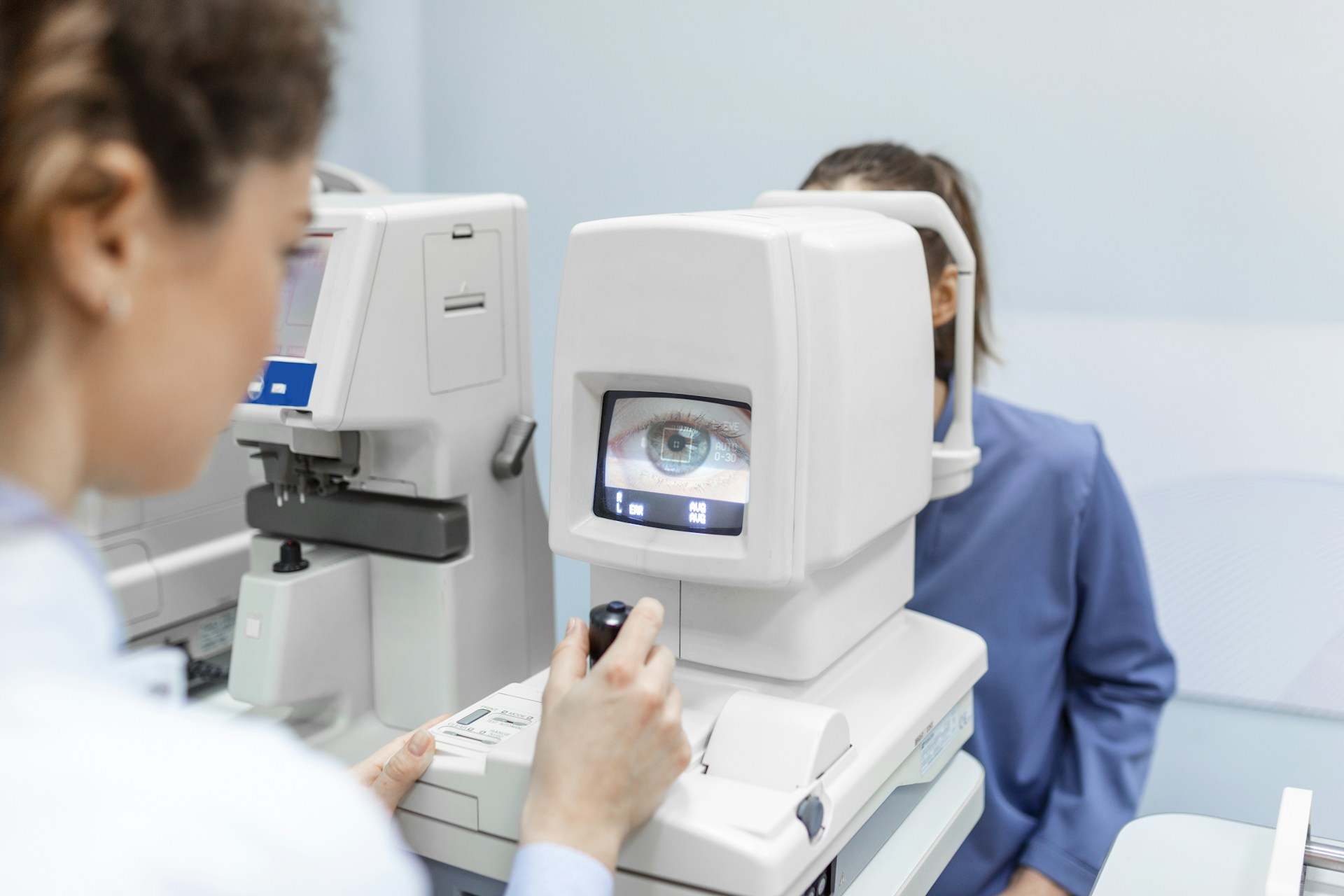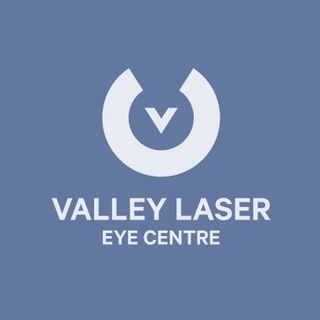In today’s digitally-driven world, our eyes are exposed to many screens daily, from smartphones and tablets to laptops and televisions. This increased use of digital devices has sparked a growing concern about the potential effects of blue light exposure on our eye health and overall wellbeing. At Valley Laser Eye Centre, we understand the importance of protecting your vision, and our team is committed to educating patients about the impact of blue light and offering strategies for reducing exposure in everyday life.
In this comprehensive blog post, we will delve into the science of blue light, explore its effects on eye health, and share practical tips for mitigating those effects in your daily routine. By equipping our patients with the knowledge to make informed decisions about their vision care, we aim to promote good eye health practices and minimize the risks associated with prolonged blue light exposure.
Disclaimer: This blog post does not replace medical advice and should not be implemented prior to consulting a fully certified medical professional.
The Science Behind Blue Light: What is it and where does it come from?
To understand the potential effects of blue light on eye health, we must first delve into the science behind it. Blue light is a high-energy, short-wavelength portion of the visible light spectrum, which also includes red, green, and yellow light. Blue light is emitted naturally by the sun, but it is also produced artificially by digital devices, LED lighting, and compact fluorescent light bulbs.
While exposure to natural sources of blue light during the day can play a positive role in regulating our circadian rhythms and maintaining alertness, the increasing reliance on digital devices has expanded our exposure to artificial blue light, which can have detrimental effects on eye health and sleep patterns.
The Impact of Blue Light on Eye Health
Extended exposure to artificial blue light has been associated with several potential consequences for our eye health:
1. Digital Eye Strain: Prolonged periods of screen usage can lead to digital eye strain, which manifests as discomfort, blurred vision, and dry or irritated eyes. Blue light emitted by screens is thought to contribute to these symptoms.
2. Sleep Disturbances: Exposure to blue light in the evening can interfere with the production of melatonin, a hormone that regulates sleep-wake cycles. This disruption can lead to insomnia and overall reduced sleep quality.
3. Long-term Effects: While more research is needed, some studies suggest that prolonged exposure to blue light may have long-term effects on retinal health and contribute to macular degeneration, a leading cause of vision loss in older adults.
Given these potential risks, taking measures to protect our eyes from excessive blue light exposure is crucial.
Practical Strategies for Reducing Blue Light Exposure
Several practical strategies can help you reduce your exposure to artificial blue light, safeguarding your eye health without sacrificing digital device usage:
1. Implement the 20-20-20 Rule: Every 20 minutes, take a 20-second screen break and look at an object at least 20 feet away. This simple technique helps relax your eye muscles and reduce digital eye strain.
2. Adjust Screen Settings: Reduce the brightness of your device screens and ensure they are at an appropriate distance—generally at least an arm’s length away from your eyes.
3. Blue Light Filters: Most digital devices now offer built-in blue light filters, which can be activated in the settings to reduce the blue light emissions from your screens.
4. Wear Blue Light Blocking Glasses: Specially designed eyeglasses are available with lenses that filter out blue light, providing an additional layer of protection for your eyes.
Enhancing Eye Health through Regular Eye Exams and Health Habits
In addition to adopting strategies for reducing blue light exposure, it is essential to prioritize your overall eye health through regular eye exams and maintaining healthy habits:
1. Comprehensive Eye Exams: Scheduling regular eye exams with an eye care professional at Valley Laser Eye Centre allows for the early detection and treatment of vision problems and monitoring of any concerns related to blue light exposure.
2. Balanced Diet: Consuming a diet rich in nutrients such as antioxidants, vitamins A, C, and E, zinc, omega-3 fatty acids, and lutein can help support and maintain eye health.
3. Stay Active: Regular exercise can contribute to improved circulation and increased oxygen levels, both of which are essential for maintaining good eye health.
4. Wear Sunglasses: Protect your eyes from harmful UV rays and natural blue light by wearing sunglasses with 100% UV protection when outdoors during daylight hours.
Conclusion
As technology continues to evolve and our reliance on digital devices grows, it is more important than ever to be conscious of our exposure to artificial blue light and take steps to protect our eye health. By following practical strategies to reduce exposure and focusing on overall eye health, we can minimize potential risks while still enjoying the advantages of our digital world.
Schedule a consultation with our team at Valley Laser Eye Centre to discuss your eye health needs and concerns related to blue light exposure. Our dedicated ophthalmologists in Abbotsford are here to guide you toward a lifetime of clear, comfortable eyesight and empower you with the knowledge to safeguard your vision.





